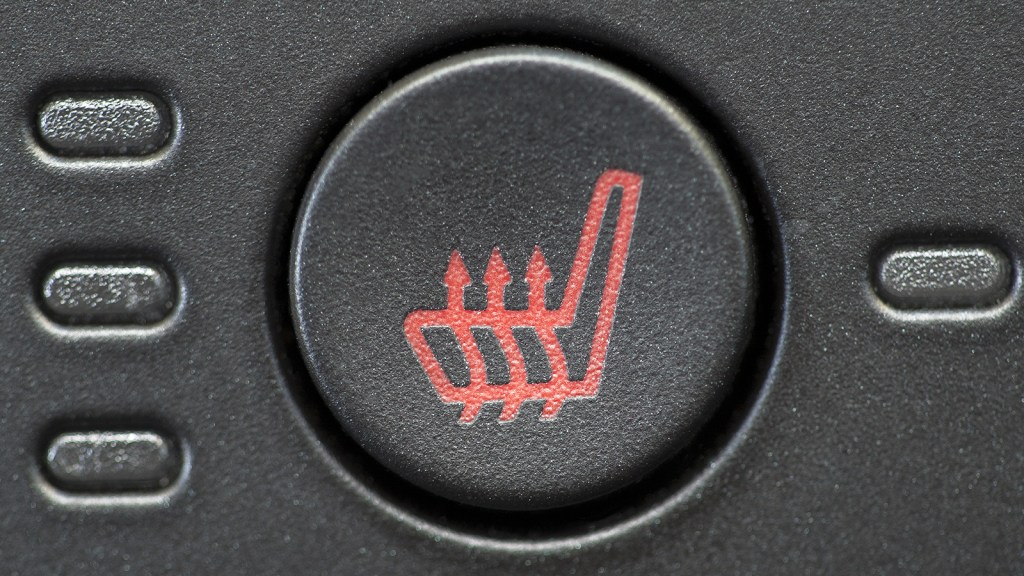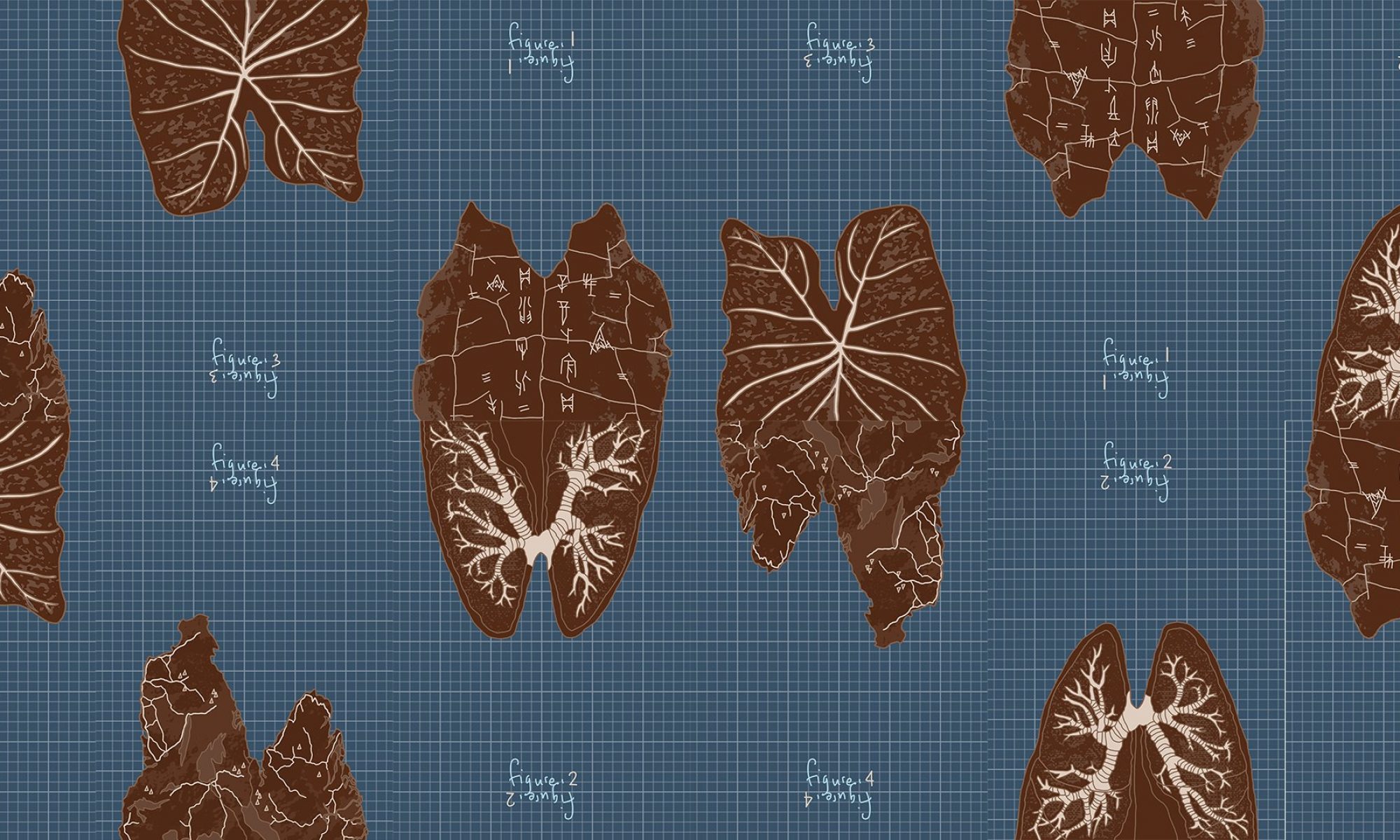BODY-POWERED SEAT WARMER
CONCEPT
The installation explores other ways we might feel each other in a shared space (presence), that might have greater effect in compelling us to engage with each other – where merely seeing and/or hearing each other can still fall short. While physically apart, can we also feel each other?
The table invites two people to sit across each other diagonally, following safe-distancing directions. It suggests to users that they may share their body heat with each other by warming the seats directly beside the other user, simulating a scenario where they are seated next to each other instead of across. The body-powered seat warmer mechanism that enables this is undisguised and visible for understanding; all decisions by users to share their own body heat or experience the other person’s induced body heat are therefore conscious and expressions of a desire to actively engage with the other person sharing the space. The unsophisticated lever mechanism requires users to perform work with their bodies in order to “conduct/convert heat energy” for the other user seated on the opposite side.
In reality, there is no situation where people can feel the heat from each other’s bodies without:
- being in close proximity to each other at the same time (a distance too close for the comfort of strangers), or
- occupying the same space successively (such as when you sit on a seat warmed by another person who left only shortly before you came).
The installation tries to set-up a scenario that allows two people to induce and feel each other’s body heat while occupying different positions in the same space, at the same time.
OPEN QUESTION – Does the invitation to share/feel the body heat of another person invite or put off people from sharing a space?
DEVELOPMENT
SET-UP
Project Dimensions: 1.5 x 1.5m
Each bench has a seating spot (user A) and heating spot (user B effect, activated contact between heating pad and metal bench underside).
Knowing how the mechanism works might prompt some people to place objects on the opposite side of the bench to test the experience while occupying the space alone. Nonetheless, that action is an act of inducing/ simulating the presence of another person in the space, drawing attention to the user’s solitary state at the table and inviting the body of another to replace the substitute dummy object.
In a scenario where the mechanism is concealed and users have no knowledge that “their body heat” will be “conducted” across the benches to be felt by the opposite user, they might be less conscious and keen in sensing any subtle changes in temperature on the bench.
Consultation review:
In my original mechanism where the heated spot (effect by user A) is positioned directly under user B, it is difficult to determine if the heat felt under each user is caused by their own body heat or the other user’s; the heat output cannot be meaningfully traced to the physical presence of another (objective).
Whereas in this mechanism where the heated spot is instead beside user B’s seat, more of the user’s attention is drawn to the induced presence (or absence) in the seat beside him/her – where in normal scenarios without social distancing, it would be possible for another person (stranger or acquaintance) to physically occupy this space.
The absence of a physical person in the seat beside, together with the expectation of this seat being warmed when the table is shared by two persons, further creates a pulling force for each user to reach out to the hot spot induced by the other with their hand, or physically inch closer or sit atop of it even (this would be an active choice to engage with the other person and “share” his/her body heat).
MATERIALS
- Wooden planks x3
- Chopsticks
- Foam/hard board
- Raffia string
- Heating pad/ hot water bag x2
- Black paint
TESTS
- Exploration of different heat pack materials for longer lifespan/ quicker transmission/ larger area of heat transfer

Results
01
MATERIAL: Aluminum ziplock bag + hot water
TIMING/RADIUS: 2min/5cm, no further area increase
LIFESPAN: SHORT
02
MATERIAL: Rubber hot water bag
TIMING/RADIUS: 2min/5cm, no further area increase
LIFESPAN: LONG
NOTES: To test amount of water's effect on retaining heat*
03
MATERIAL: Heating pad
TIMING/RADIUS: WIP
LIFESPAN: WIP
04
MATERIAL: DIY microwave rice sock bag
TIMING/RADIUS:
LIFESPAN: 20-30min
https://www.decathlon.sg/p/8373953-81844-hand-warmers-10-pack.html?gclid=CjwKCAjwwab7BRBAEiwAapqpTBHYEP0lEH_ekfuqEFzx8llPPv69pldh_qk0BOJVEyOdBQRSDvbUARoCEd4QAvD_BwE (one-time use) https://www.guardian.com.sg/beyond-bodiheat-heat-pad/p/108479?gclid=CjwKCAjwwab7BRBAEiwAapqpTJdwGQEt0DyyXsIz1rrmbcCP2nlNvqyKILVLGlHJzwnR-QEVvBQM8xoCWSMQAvD_BwE (12 hours, one-time use) https://shopee.sg/product/12479233/826076469 (reusable, max 54 degrees) https://www.rainbowcare.com.sg/hot-water-bag (hot water bag $6, pickup)
- Exploration of conductive materials to increase radius of heat transmission from heat pack, closer “felt reach” to sitter (can we increase the conductivity of the steel bench along its length?
WIP Findings
Aluminum foil: no significant improvement
- Different ropes for durability, ability to support weight
WIP Findings
Normal twine: works well enough with wood
Fishing line
MECHANISM

prototype tests
Miniature model
Original idea: lever beam atop fulcrum
Test 1: seat end only of beam atop bench
Final idea: hang both ends of beam below fulcrum and bench (comfort for sitting and presentation)


PRESENTATION
- To paint planks and ropes black
- Heat objects and buttons in bright red/ metallic sheen (conductive associations)
- Stickers with bad puns/instructions
- WIP
Visual inspiration



Warm regards,






















